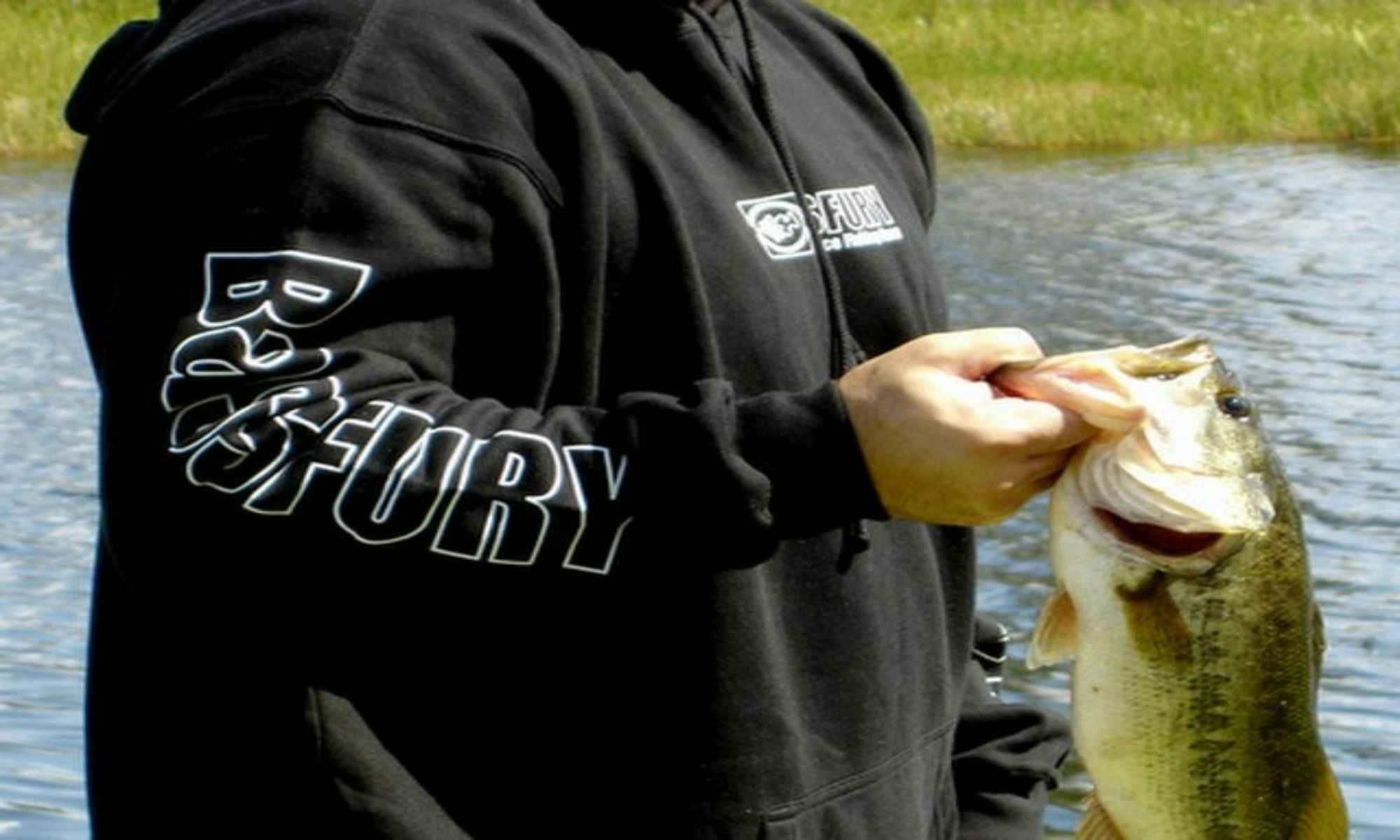Ways to Catch Bass in Thick Grass
It’s best to find and cast your line in scattered chunks of thick grass. Here's a guide for bass fishing in heavy vegetation.

The term bass surrounds freshwater and saltwater species belonging to the extensive order Perciformes or perch-like fishes. Largemouth, smallmouth, and spotted bass are the most famous game fish in North America. Bass fishing has turned into a multibillion-dollar industry. The sport has transformed drastically since its commencement in the late 19th century. It has caused the evolution of fishing gear, including rods, reels, lines, lures, electronic depth, and fish-finding instruments, drift boats, float tubes, kayaks, and boats custom-made for bass fishing.
Bass fishing tournaments have been held in different locations and attended by anglers who want to test their angling skills. The Bassmaster Classic is the biggest match in the B.A.S.S. stable. It has been considered the 'Super Bowl of fishing' since its commencement in 1991. George Perry's Undefeated Bass holds the official Bass World Record. On June 2nd, 1932, Perry caught the current world record bass at Lake Montgomery. It is an oxbow lake off the Ocmulgee River in southern Georgia. The total weight of the fish was 22 pounds, 4 ounces.
Ways to Catch Bass in Thick Grass

It’s best to find and cast your line in scattered chunks of thick grass. These types serve as an excellent environment for fish and a perfect location for anglers to cast their line and catch more and bigger bass.

Vegetation has a unique feature in its capability to supply oxygen, and fish depend on oxygen to maintain their existence. A grassy surface draws a wide range of prey species for fish such as frogs, baitfish, and craws because these creatures use weeds for food and cover. The more grass available in the area is, the more chance for prey to be present; the same goes with predators. Fishing in heavy vegetation is a lot different to open water fishing.
1. Identify the Bass Location
The clumps of thick grass near deeper water, channels, points, or current will provide anglers with the best opportunities of catching a bass. Anglers need to recognize the types of plants present in the vegetation to determine how they fish the water. Identify the floating vegetation and remember that bass are commonly found near the hard bottom or rocky floors. It is vital to locate the high percentage areas before starting fishing. Anglers should avoid water areas that are entirely covered with floating plants. There are chances that plants have consumed all oxygen, leaving it barren for aquatic life. It is also essential to remain quiet and avoid making as much noise. Fish can be easily distracted because of the noise.
2. Use a Braided Fishing Line
Using a braided fishing line in grassy locations will help anglers score trophy bass. Braid has no stretch and will only cut through the floating vegetation, boosting the landing percentage. It is a perfect choice compared to monofilament or fluorocarbon. Braided fishing line has become a bass fishing staple and is utilized for many bass fishing rigs and methods. Braid will let anglers detect bites and drag big bass out of heavy vegetation. Braided lines are durable and unsusceptible. They are also suitable for deep-water fishing because they are simultaneously thinner and heavier. They can cut through the water to reach the bottom quickly.
3. Select the Suitable Lure
The most popular baits to lure bass are compact, streamlined, and designed to slide effortlessly through the grass and into a fish's mouth. Bass are not fussy eaters and will go after basically anything, but they have some preferences: crayfish and bluegill are the primary targets of bass. A jig is the most common and arguably effective lure when going after bass. There are different options for jigs, depending on the fishing environment. Anglers can use a punching jig in thick vegetation because of its weight. Another good option for areas with a grassy surface is casting jigs since they are purposely made to penetrate the bottom. Topwater lures are also perfect for grass bass fishing. Topwater baits, like topwater frogs, function well in open water when the frog locates those holes in the slop. Spinnerbaits and buzzbaits are suitable lures that go over or through the grass. They can cut through grass better than other blade shapes. Dragging a lightweight rigged worm over the tops of the grass or throwing a weightless ribbon tail worm will work effectively in targeting bass. They also work well over submerged vegetation.
4. Focus on Catching the Target and its Seasonality
Bass fishing in weedy lakes and heavy vegetation can be challenging and frustrating. Anglers should refrain from spending a lot of time fishing in one single spot. Anglers should also choose the right rod and reel for bass fishing in heavy vegetation. The prime time of year to prey for bass in vegetation would have to be during the summertime and early fall. By that time, the foliage will be at its maximum growth. Strong winds also affect the vegetation, which sets more oxygen in the water, causing the baitfish to go into a feeding craze that triggers the bass to feed.
5. Fishing License and Requirements
Obtaining a fishing license is a must to legally fish in the United States. But fishing licenses are only valid in the state they were issued. Every state offers annual permits and shorter-term licenses ranging from one to seven days. It is also vital for anglers to observe the daily catch and bag limits. Every state has set an everyday bag and possession limit for bass fishing.




